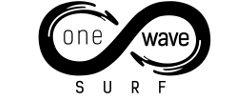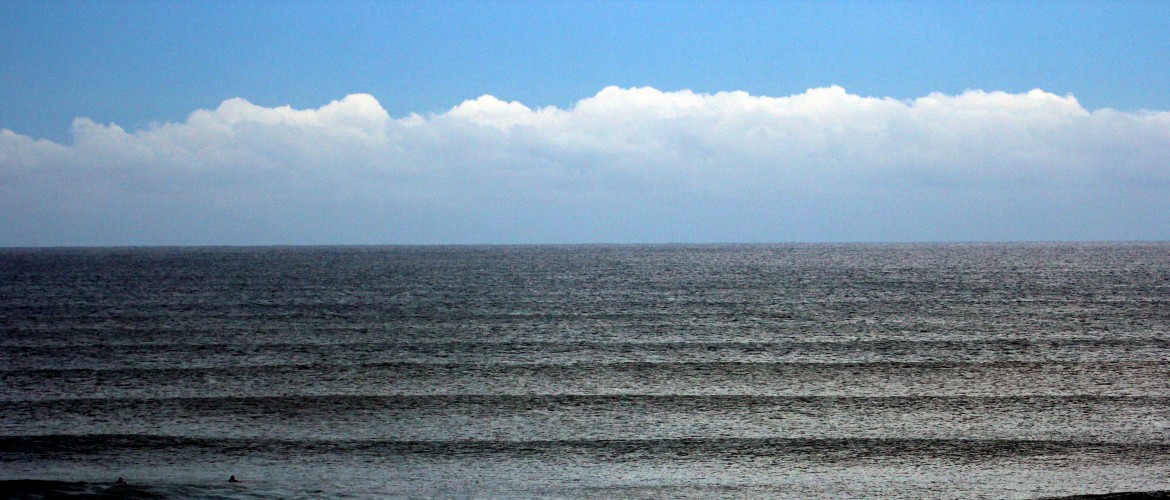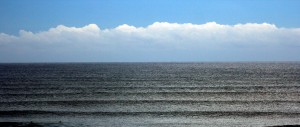Understanding Swell and Where Swell Comes From
As the summer swell keeps rolling through and the heatwaves make beach goers fight over parking, girls get out the bikinis and guys attempt to get the wax out of their belly hair; you will start to hear about different swells. Specifically hurricane swells. There are three different types of swell that you should understand: Ground Swell, Wind Swell and Hurricane Swell.
Each of these swell types have their own special characteristics that will affect the way they will shape up at your local spot. The relationship between types of swell and the characteristic of the waves at a beach, are in direct correlation. Nothing is set in stone, as sand and small rock bottoms change and can effect what the beach will break like. What we mean is that on certain swells, certain directions and certain sizes, the waves can be perfect or not so perfect. For example, Groundswells tend to be more powerful making beach breaks closed out, so the point breaks and reefs are usually where you will want to go. Windswell tends to be peakier and favor a beach break. Again, that’s not always true but a good guideline to follow.
Groundswell is a swell that has traveled further than 500 miles to get here. In the winter time around California, our groundswells are created near the Aleutian Islands, up by Alaska. They travel south from there at a NW swell direction. So beaches facing north, or west, are going to receive the swell more. Now that doesn’t mean a south facing beach won’t get a big seven foot NW ground swell. That just means, that the waves will be smaller at those beaches as they are facing the wrong direction. The period (seconds) in a groundswell tend to be longer, making the swell more powerful. In California summer, our groundswells come from the South Pole, near New Zealand. South groundswells cruises up through the pacific passing Fiji and Tahiti before getting to our shores, and in the winter time the northwest groundswells will hit Hawaii first. Notice that the groundswells start building wherever winter time season is happening in that hemisphere. Groundswells are fun, but can be dangerous for beginners because of the long intervals that produce longer than usual lulls. Further the swell size can change drastically from Set to Set.
Windswell is a swell that has been produced from winds in a shorter distance than 500 miles to the coast. These swells tend to be weaker, short period, and usually not that big, but definitely can occasionally have size. The short periods make these usually shorter waves. Unlike groundswells, Windswell has very short lulls and are more consistent in size from Set to Set. Windswell also tends to be peaky, and aren’t as seasonal as groundswells. They follow the same pattern but it isn’t odd to have north, northwest Windswell in the summer time. These types of waves are produced from local winds, usually after you have a very windy day. Then the next day you can have little Windswell waves, producing peaky waves that usually work better with beach breaks. Although conditions can be an issue.
Hurricane Swell is the famous summer time swell in SoCal. They tend to have a S,SE direction, often from Hurricanes forming at the southern tip of Baja Mexico. Sometimes making landfall, and other times not. They tend to be powerful due to the proximity of the storm and can light up beaches that you haven’t seen surfable all year. They start as tropical depressions, then turn into a tropical storm, which is assigned a numerical name by the Weather Service. Then, when they reach hurricane status, they are then graduated from having a name based on numbers to a human name, which is kind of fun. The names of the systems are alphabetical to the season. So right now we have Blas approaching us. That means, Blas is the second storm of this season. Hurricane season starts in the summer and goes usually to October, with August and September being the highlight months.
Understanding swells, directions and conditions is a scientific art form. It takes some time, figuring out where and when is going to be the best way for you to score waves. Keeping a surf journal with direction, periods, and conditions is a good way to get yourself on the right path to being a surf forecaster legend. Remember, “When in doubt don’t go out,” and make sure you are seeing the set waves before you paddle out during the lulls. Weather understanding is about as important to surfing as is paddling, so get good at this stuff and have fun!


